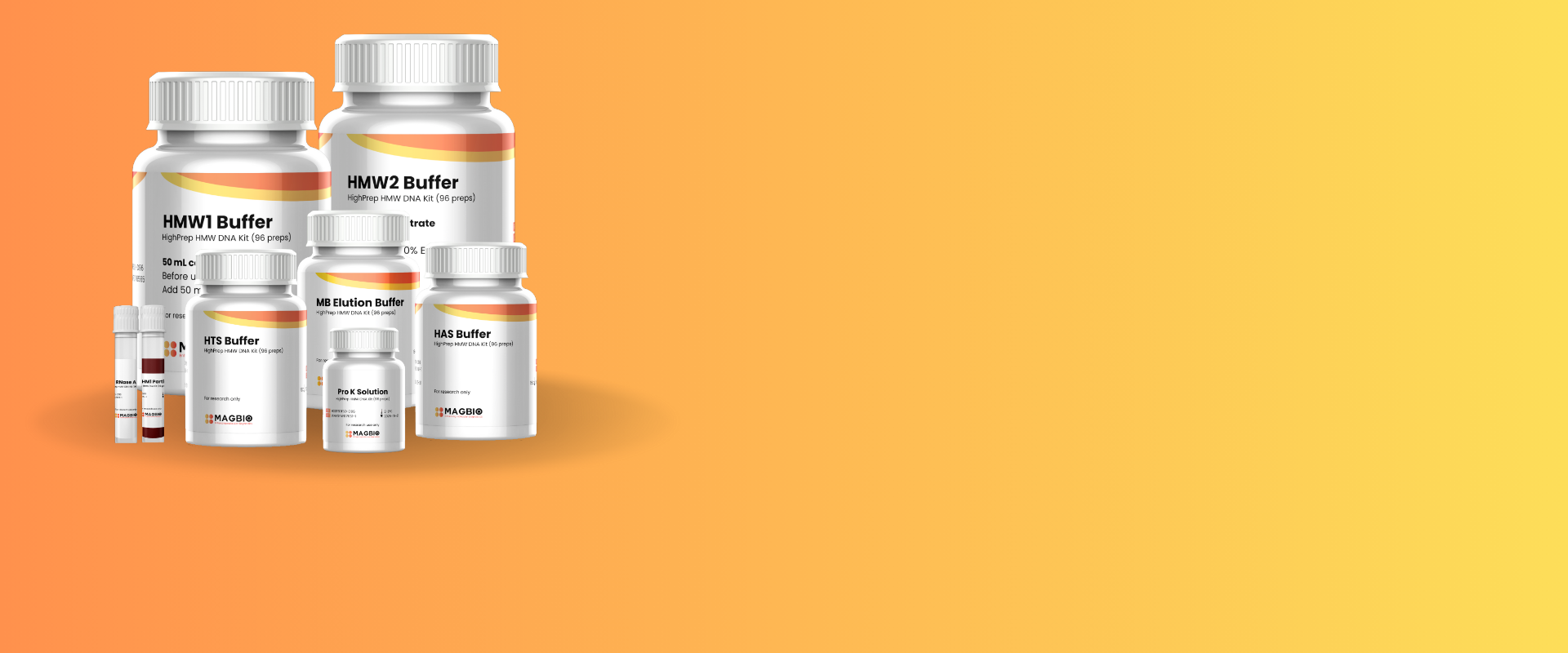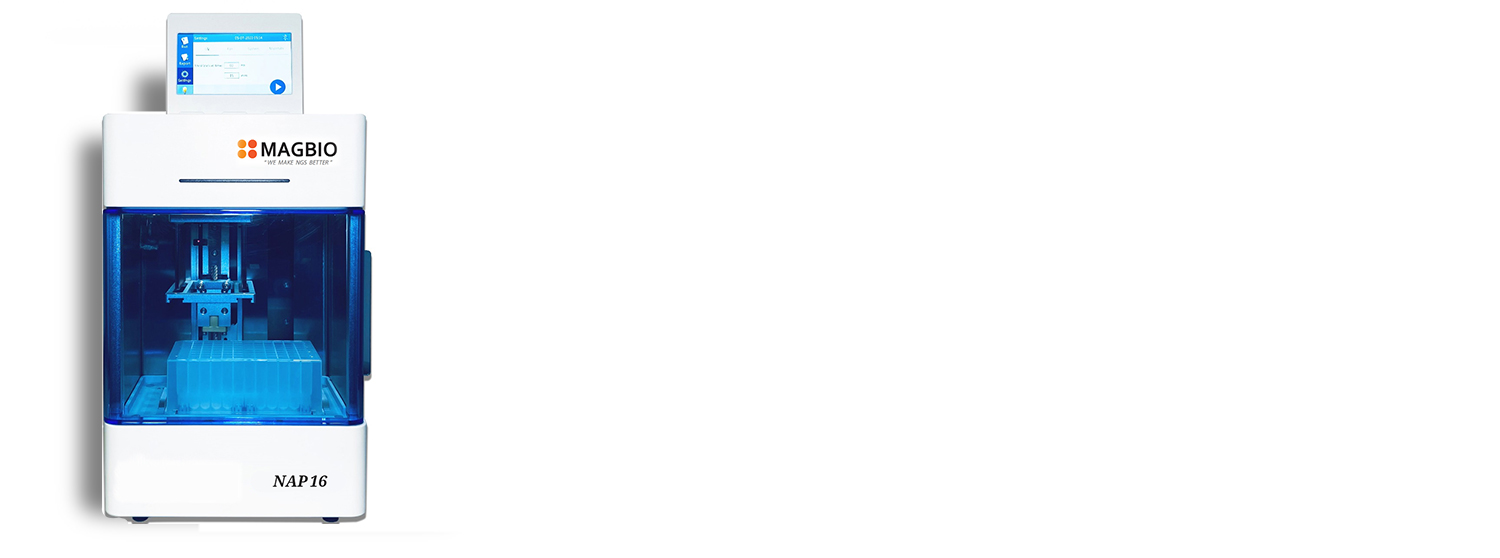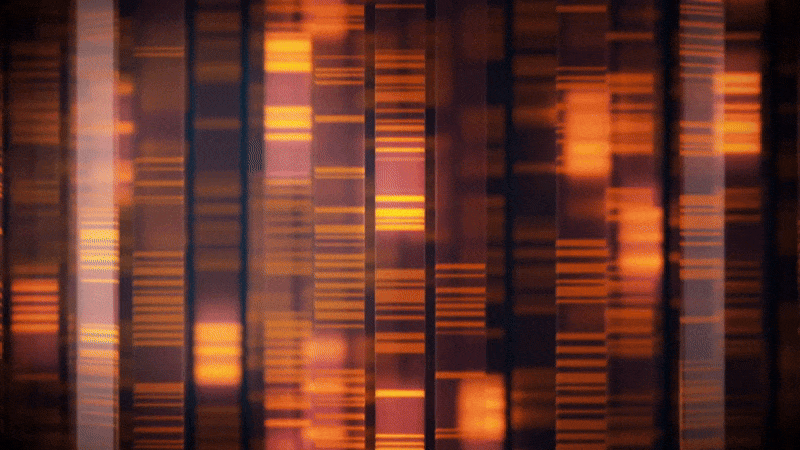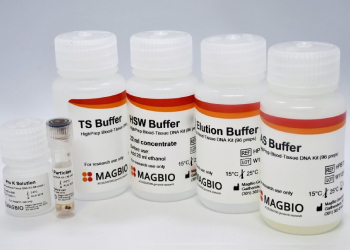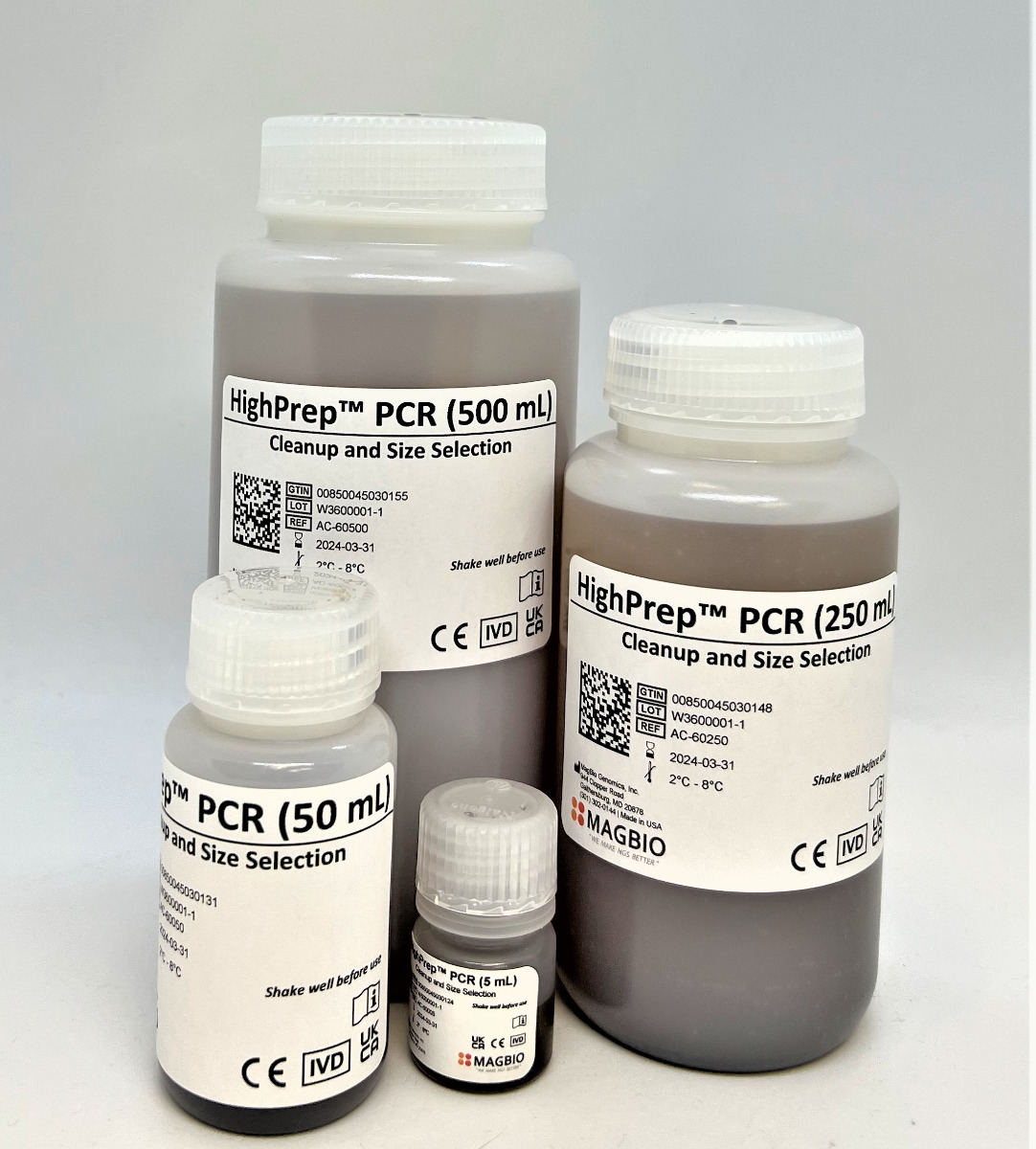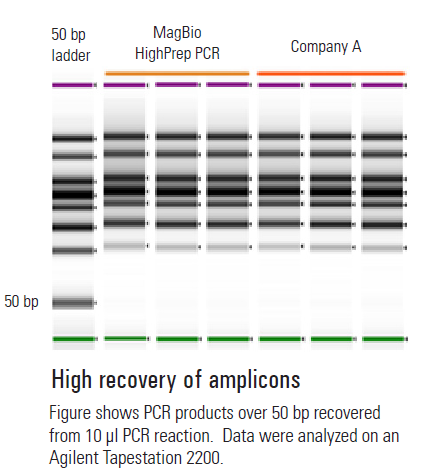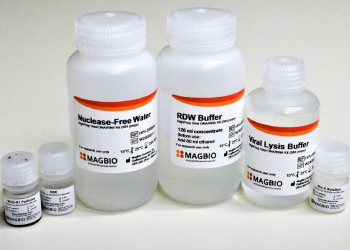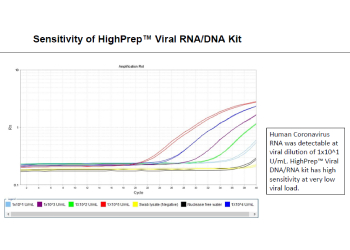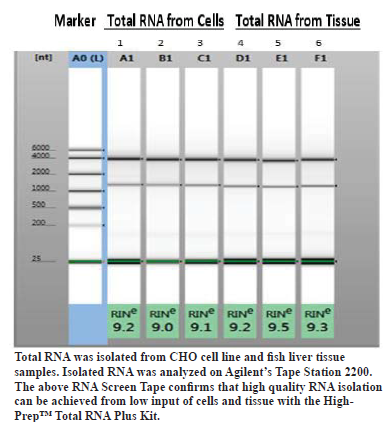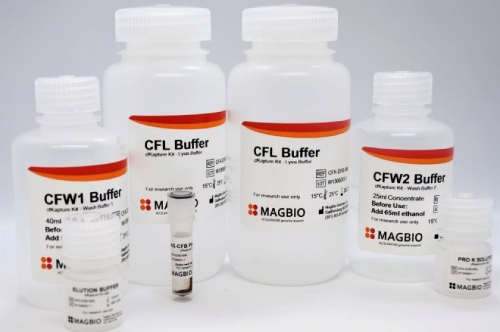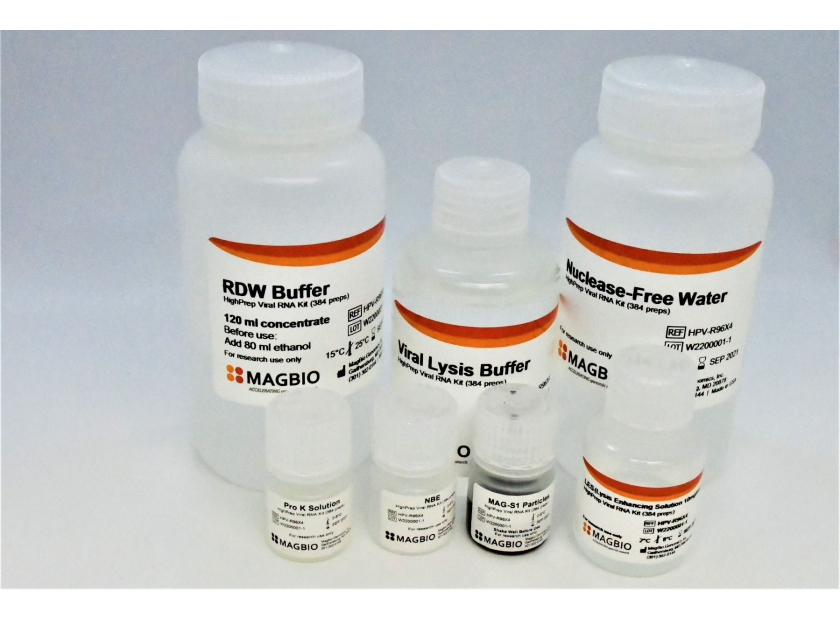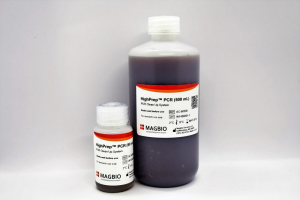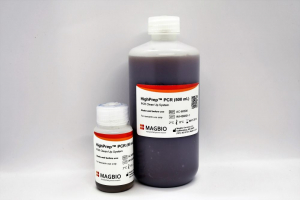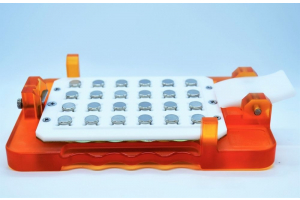4 Steps to Ensure Successful RNA Extraction
Low extraction yield and degraded RNA has often frustratedeven the most experienced scientists.Obtaining high-quality RNA from sample types has vital to so many applications, from NGS (Next-generation sequencing), and PCR to cDNA synthesis.
Fortunately, many RNA extraction issues can be solved with a few steps.
RNA Isolation Kit
Many kits and reagents are available for RNA extraction. But certain protocols may be more suited for your work. Read about each kit, consider the type of sample you’ll be working with, required throughput, the downstream analysis method, and the type of RNA.
For example, if you need rapid and reliable isolation of viral nucleic acids from serum, plasma, saliva and other body fluids in low throughput manual workflows and you need the extracted RNA for downstream applications, like RT-qPCR, RT-PCR, PCR, nucleic acid amplification etc., you may want to consider the HighPrep™ Viral RNA Kit from Magbio Genomics.
Input Amounts
RNA isolation kits come with a recommended amount of starting material for a sample type. Any more and it may inhibit effective lysis or RNA separation from other cellular components. In column-based protocols, it may overload the binding capacity of the column, decreasing yields. It is also important to consider the RNA contents in different animal tissues, for example, spleen cells are nucleic-acid rich compared to heart cells.
RNAse-Free Environment
Avoid accidentally introducing RNases during extraction with an RNase-free environment, away from where you carry out DNA or protein extractions. Keep the consumablesin this area separate from others.Surface decontamination can help in removing RNases from benchtops, glassware etc.
Human sweat and skin oil are a rich source for RNases. So, it is extremely important to wear gloves to prevent contamination.
RNA Stabilization
RNA is inherently unstable, with some having very short half-lives. To avoid biasing your downstream analysis, disrupt all endogenous RNases after sample collection. For example, the MagBio CTL™ Medium allows SARS-CoV2 and other pathogen samples to be collected, lysed (inactivated) and transported at room temperature ensuring stability of the DNA & RNA.


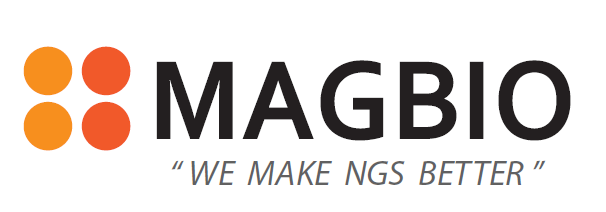
 (301) 302-0144
(301) 302-0144 info@magbiogenomics.com
info@magbiogenomics.com